Synagogues of the south
An Exhibition of POSTCARDS FROM THE WILLIAM A. ROSENTHALL JUDAICA COLLECTION
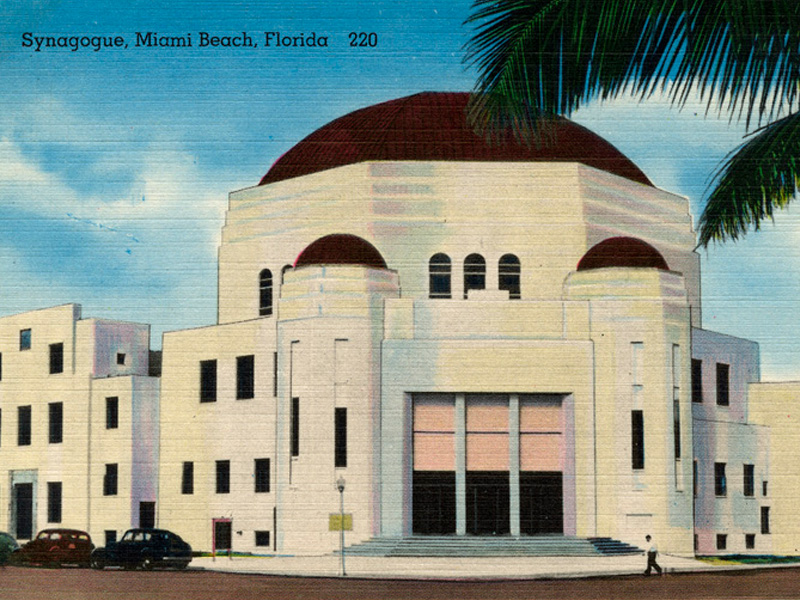
A Brief History
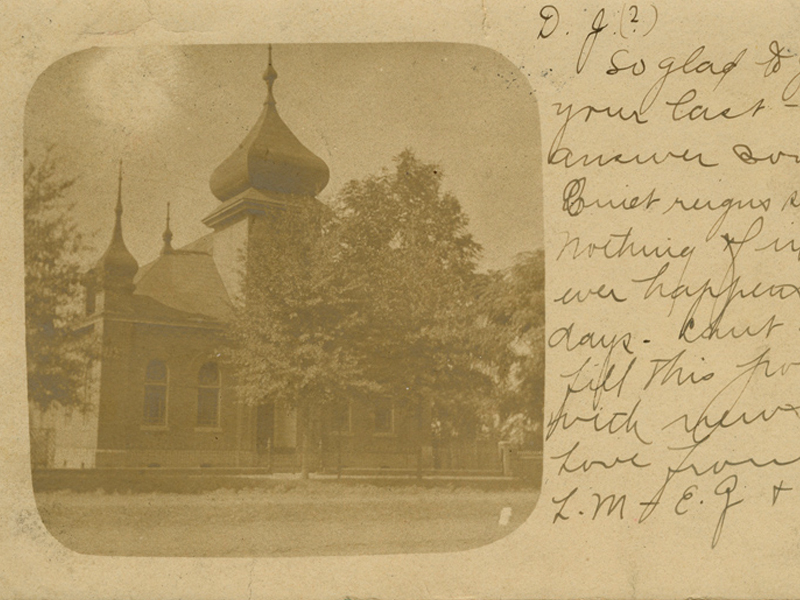
Learning from Postcards

1. Federal Style and Greek Revival
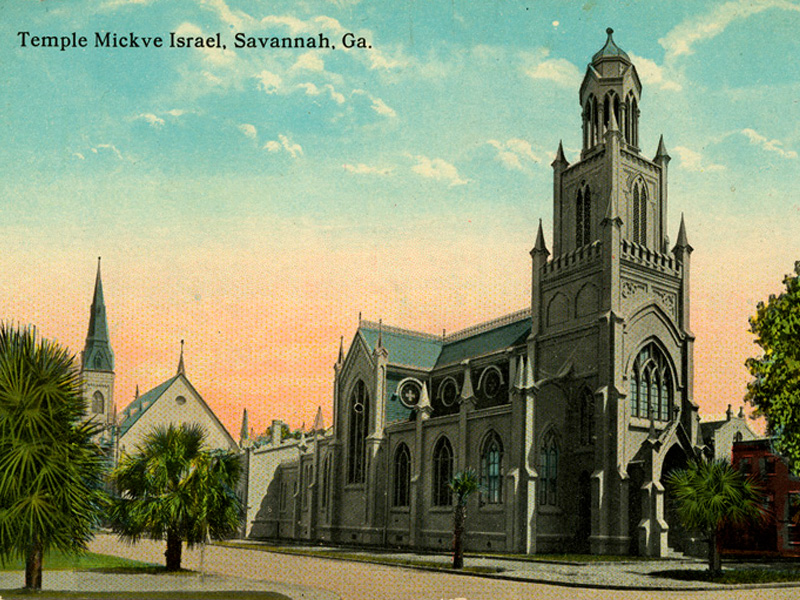
2. Gothic Revival
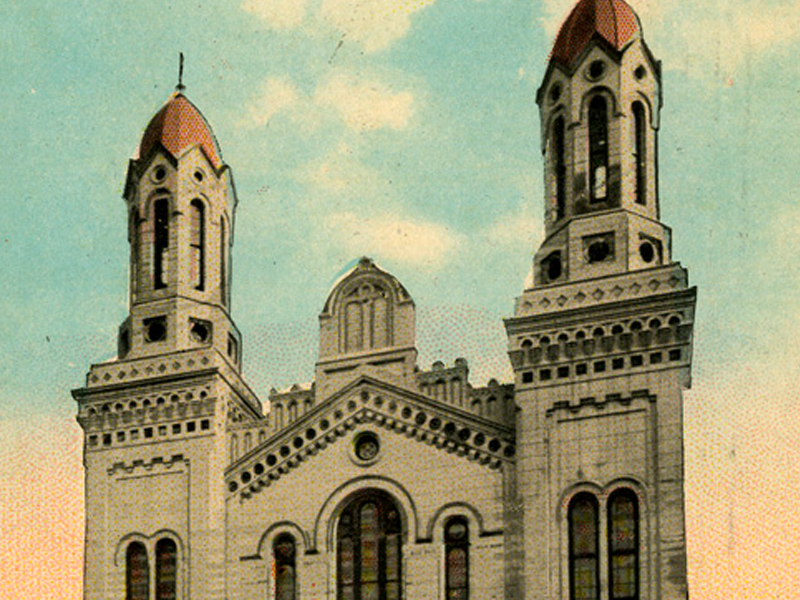
3. Romanesque and Round-Arched Style
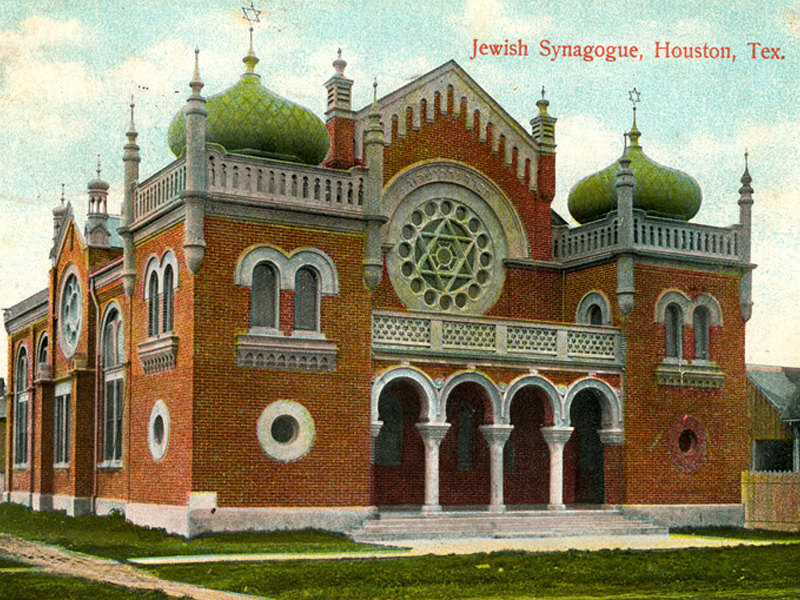
4. Moorish Style
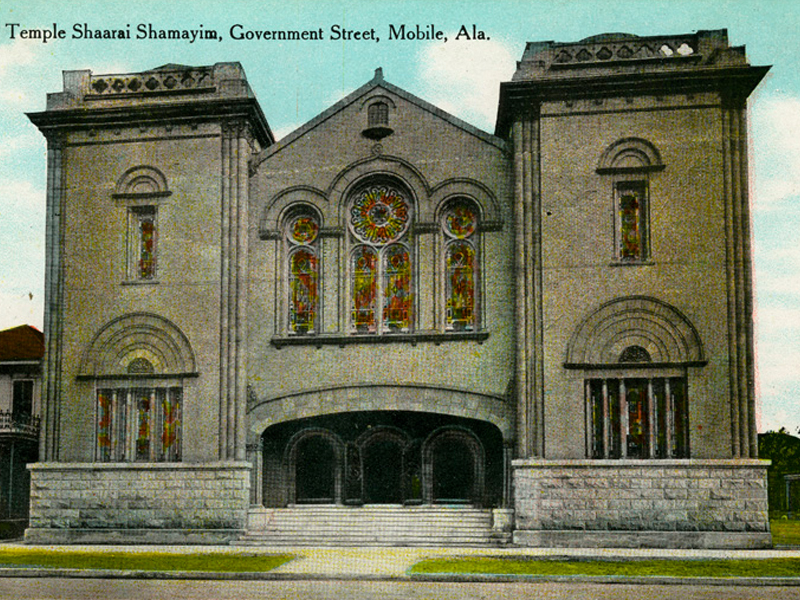
5. Synagogue Towers
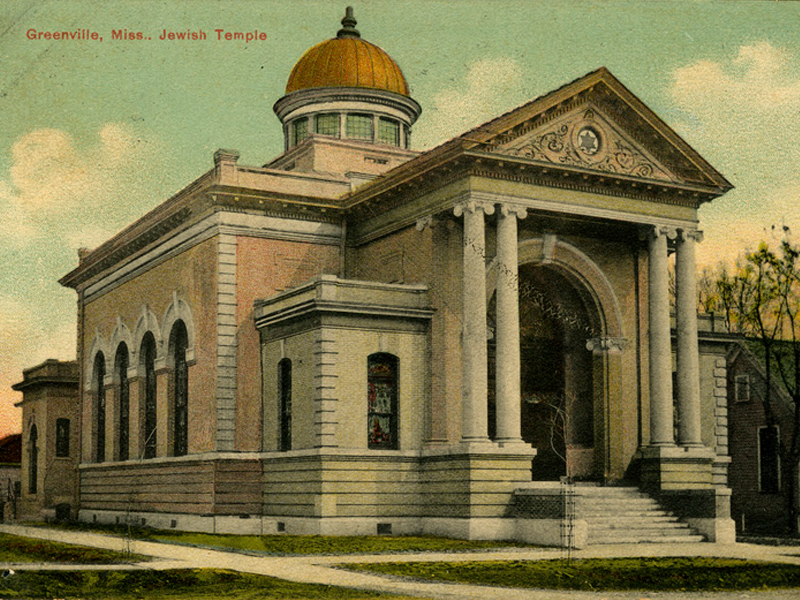
6. The Classical Moment (1900–1910)
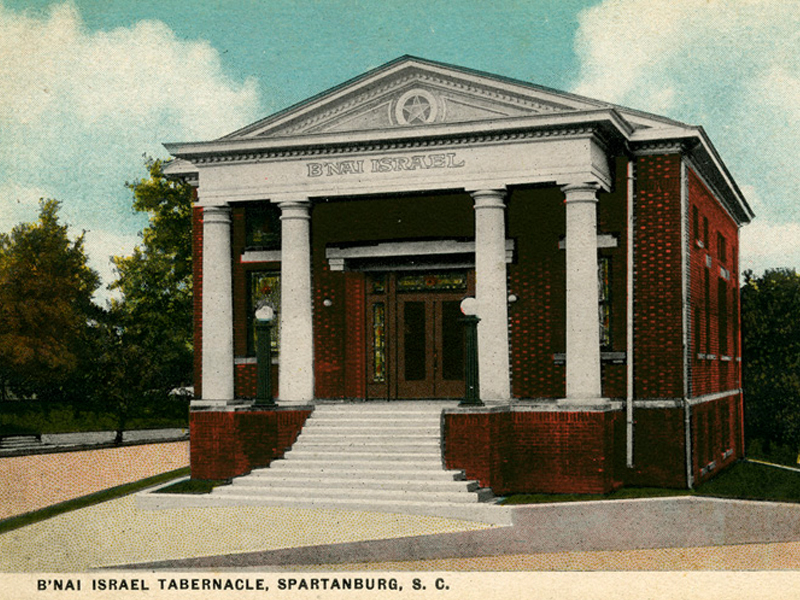
7. The Classical Norm (1910–1940)

8. New Forms in the New Century
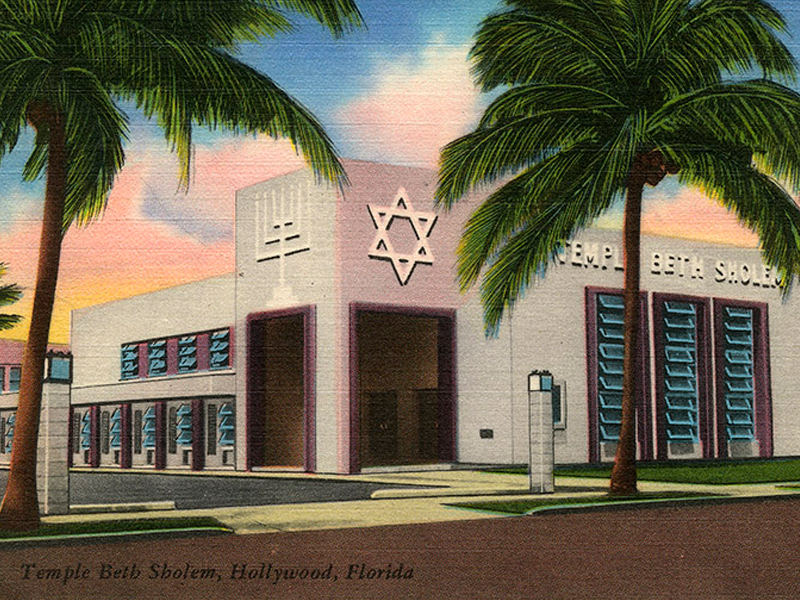
9. Art Deco, Moderne, and International Styles
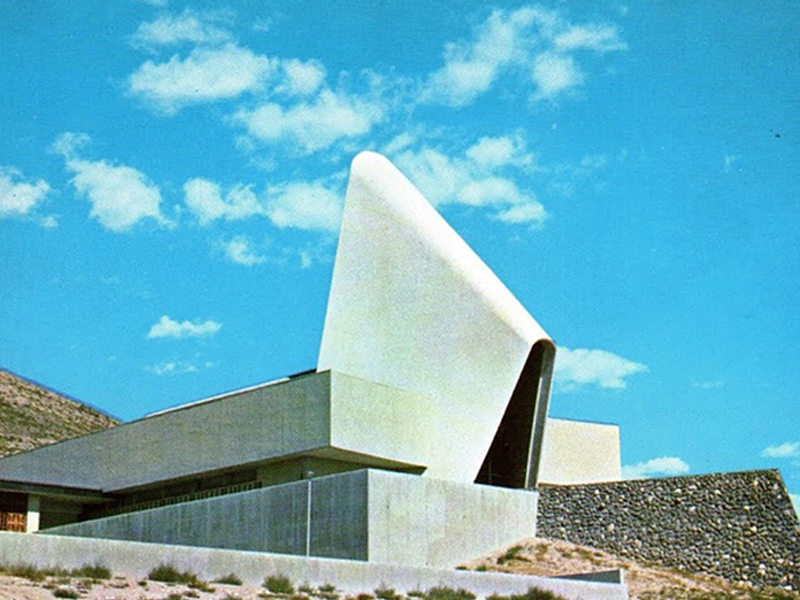
10. The Modern Movement Comes South
About the exhibition
Researched and written by architectural historian Samuel D. Gruber, this online exhibit explores the mostly lost history of synagogues in the American South through the lens of dozens of postcard images from the William A. Rosenthall Collection at the College of Charleston. These views illustrate Jewish sanctuaries across a broadly defined “South,” stretching from Maryland to Florida and west to Missouri, Oklahoma, and Texas. Most of the images date from the early 20th century and represent former synagogues: buildings now either transformed for new purposes or demolished. A smaller number represent post-World War II synagogues in various modern styles.
The Rosenthall postcards are wide-ranging, but they do not cover every part of the South or even all synagogue styles. The collection is biased towards urban synagogues and to the period before World War I, when the most impressive southern sanctuaries were Reform temples and the audience for postcards tended to be acculturated Jews. Images of small-town synagogues, Orthodox shuls, Conservative synagogues, and all types of post-World War II buildings are underrepresented. Also, in postcards and other photographic representations of synagogues, interior views—the essence of the sanctuary—are relatively rare. Inspired by the Rosenthall postcards, but recognizing their historical limitations, the Pearlstine/ Lipov Center for Southern Jewish Culture (CSJC) is hoping Synagogues of the South will spawn more research and prompt the discovery of additional images, creating a more comprehensive picture of the built heritage of the Jewish South.
This exhibit is not a history of the Jewish communities of the South or even of their various congregations. Our goal is to identify and analyze synagogue buildings, as presented in postcards and other views, explicating the architectural forms and details and demonstrating how these varied, and how changing forms can be used to understand aspects of American and especially southern Jewish communal development and identity. To learn more about individual communities and congregations we recommend you go to the Encyclopedia of Southern Jewish Communities created by the Goldring/Woldenberg Institute of Southern Jewish Life in Jackson, Mississippi.